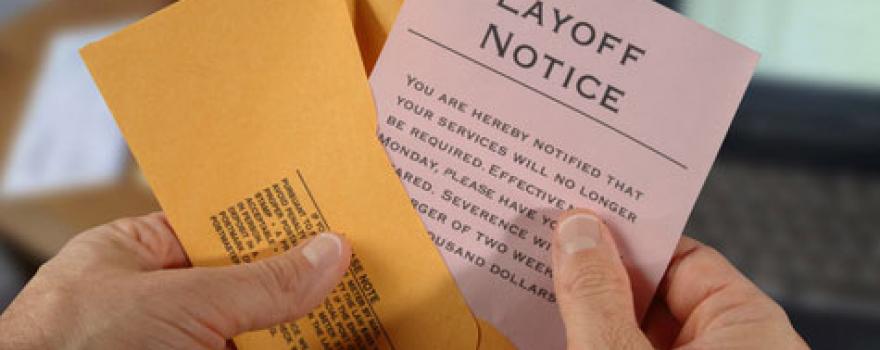Overview
Your employer can ask you to stay at home or take unpaid leave if there’s not enough work for you. A lay-off is if you’re off work for at least 1 working day. A short-time working is when your hours are cut
How long you can be laid-off
There’s no limit for how long you can be laid-off or put on short-time. You could apply for redundancy and claim redundancy pay if it’s been:
4 weeks in a row
6 weeks in a 13-week period
Lay-off pay entitlement and short-time working payments
You should get your full pay unless your contract allows unpaid or reduced pay lay-offs.
If you’re unpaid, you’re entitled to guarantee pay.
Guarantee pay
Rate and length of statutory lay-off pay
You’re entitled to guarantee pay during lay-off or short-time working. The maximum you can get is £23.50 a day for 5 days in any 3-month period - so a maximum of £117.50.
If you usually earn less than £23.50 a day you’ll get your normal daily rate.
If you work part-time, your entitlement is worked out proportionally.
You can’t claim guarantee pay for any day that you do some work.
Eligibility for statutory lay-off pay
You must:
have been employed continuously for 1 month (includes part-time workers)
reasonably make sure you’re available for work
not refuse any reasonable alternative work (including work not in your contract)
not have been laid-off because of industrial action
Statutory lay-off pay and your employment contract
Your employer may have their own guarantee pay scheme. It can’t be less than the statutory arrangements. If you get your employer’s payments, you don’t get statutory on top of this.
Not paying you guarantee pay counts as an unlawful deduction from your wages - you could go to an Employment Tribunal.
Applying for redundancy
You could apply for redundancy and claim redundancy pay if you’ve been laid-off without pay or on short-time and receive less than half a week’s pay for:
4 or more weeks in a row
6 or more weeks in a 13-week period
Write to your employer to claim redundancy within 4 weeks of the lay-off or short-time.
Your employer has 7 days to accept your claim or give you a written counter-notice.
If your employer doesn’t give you counter-notice, you can assume they’ve accepted your redundancy claim.
A counter-notice means your employer expects work will soon be available - it must start within 4 weeks and must last at least 13 weeks.
Your employer can withdraw their counter-notice in writing.
Resigning
You must resign to get redundancy pay. The timing is crucial - you have 3 weeks to hand in your notice, starting from:
7 days after you gave written notice to your employer (if you got no counter-notice)
the date your employer withdrew their counter-notice
You can get help from Citizens Advice.
Extra work or claiming benefits
You can take on another job while you’re laid-off or on short-time (unless your contract says you mustn’t).
You should:
get your employer’s agreement
make sure you’re not working for a competitor
make sure you’re available for your original job once the lay-off or short-time ends
Jobseeker’s Allowance
You could apply for Jobseeker’s Allowance while on lay-off or short-time. You must be willing and able to take up casual work in travelling distance of your home.

